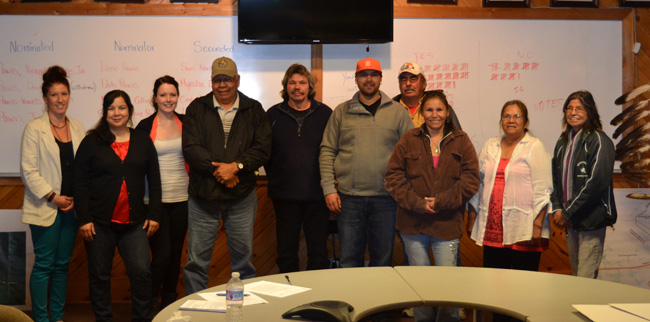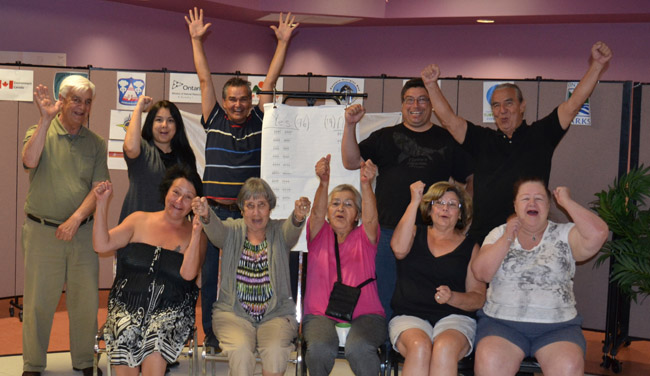Anishinabek communities take control of their lands, resources and environment


By Joey Krackle
Nearly half of the First Nations in the Anishinabek Nation have taken control over their lands, resources and environment by opting out of sections of the Indian Act and ratifying their land codes through a community vote.
Phil Goulais, the former Chief of Nipissing First Nation, was one of the initiating chiefs. While speaking to the Temagami First Nation last winter, he emphasized that “the Framework Agreement was the major document in the Land Code development process and that Canada recognized the inherent right of First Nations to govern their own lands and resources on the Framework Agreement and that Canada cannot change the Framework Agreement without the Chiefs’ consent.”
He concluded his presentation by saying that before Nipissing First Nation ratified its Land Code, the band was its major employer, while after Land Code Verification, over fifty businesses have established in Nipissing and now those businesses are the major employer.
The Anishinabek Nation is home to three of the original chiefs who initiated the Land Code process; the former Chiefs of Nipissing, Georgina Island, and Scugog Island.
The Land Code features a Nation-to-Nation process with the development of a government to government agreement. The Land Code process was initiated by 14 chiefs in 1991 who wanted to opt out of certain sections of the Indian Act and to manage their own lands. These chiefs signed a Framework Agreement with the federal government in 1996 and in 1999, Canada passed the First Nations Land Management Act which provides First Nations that have ratified Land Codes the authority and jurisdiction to manage and control their own lands and resources.
The Framework Agreement provides two years of funding to develop and or/ratify a Land Code.
Each individual First Nation membership has a choice of opting out of the Indian Act into the Framework Agreement or remaining under the Indian Act regime.
After a First Nation signs the Framework Agreement, the legal status of First Nation lands remains the same. Title to First Nation lands does not change and continues to be lands reserved for Indians under Section 91(24) of the Constitution Act , 1867.Section 91 (25) lands are under federal jurisdiction and this provides protection against provincial laws relating to the use and possession of lands. This also means that this land cannot be surrendered or sold; they must be protected for future generations.
Gerry Duquette, a Dokis First Nation Councillor, was the Land Code Development Coordinator during the recent Dokis Land Code ratification process. He spoke at Temagami First Nation about the differences a First Nation experienced in pursuing economic development with and without a Land Code.
He stated that Dokis spent about $8 million and considerable time in trying to get approvals from governments in order to develop its hydro project. After the Dokis Land Code ratification, the community was given a seat at the table and was able to speed up development. The turn key date is 2015. This hydro development is on federal land but the transmission line runs through Dokis First Nation.


